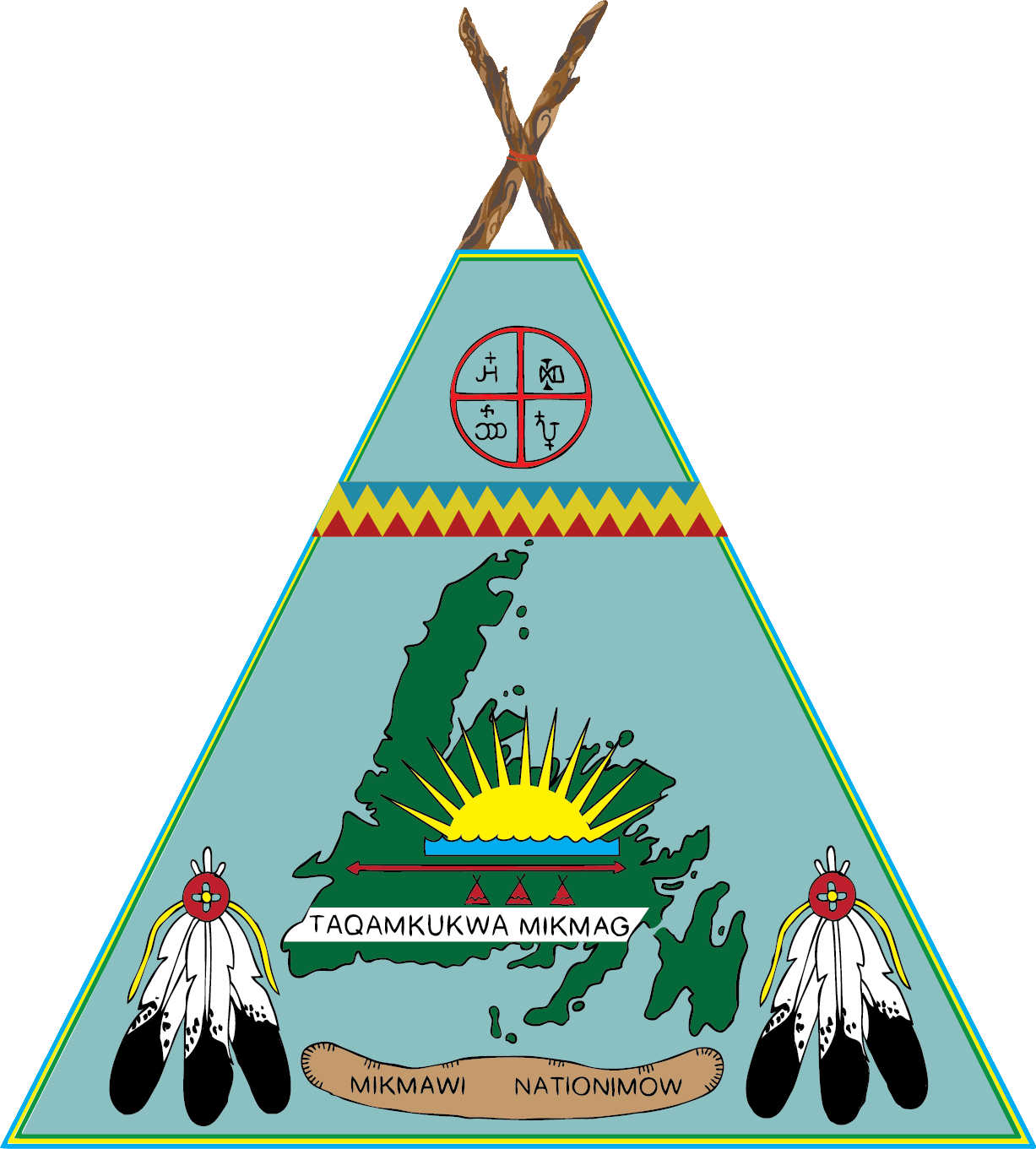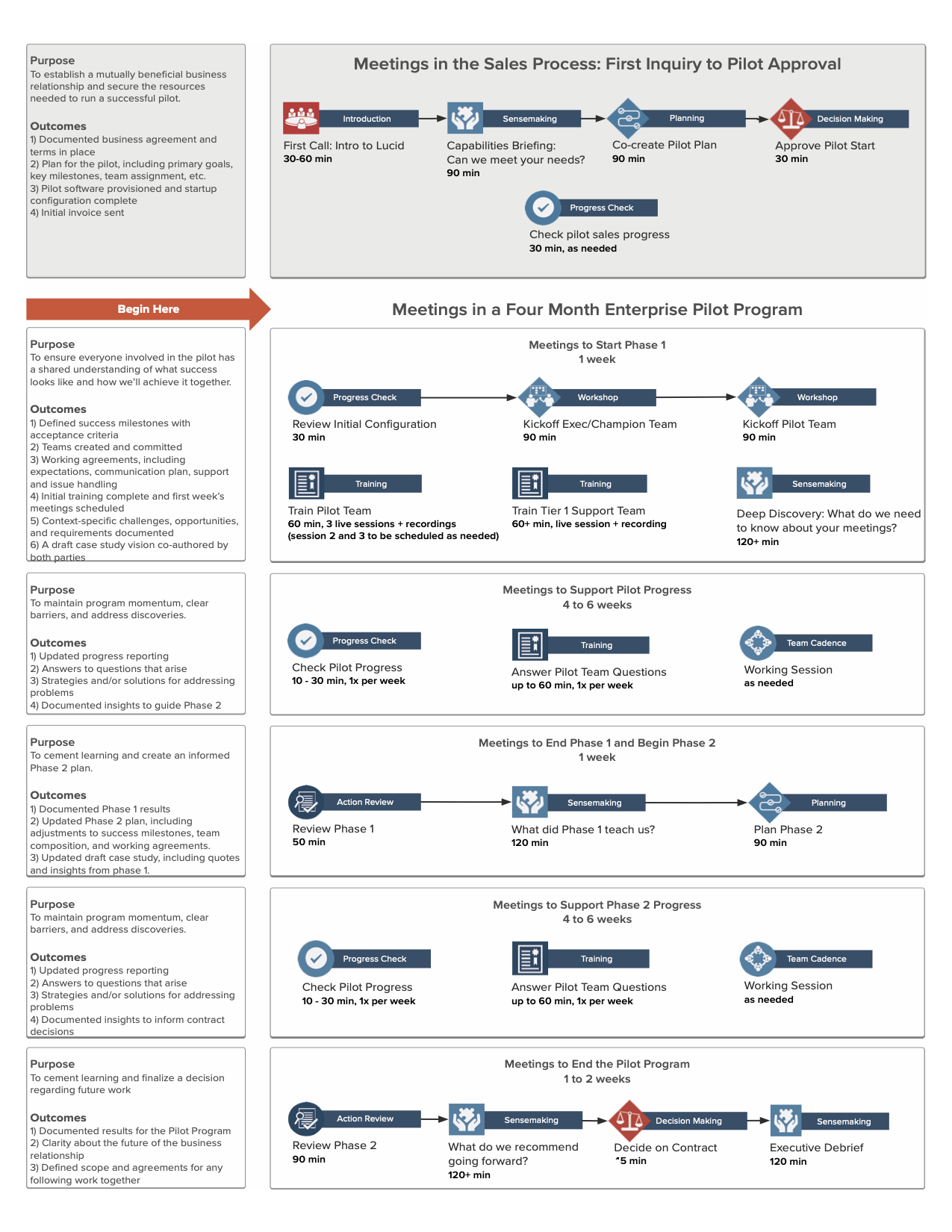Digital Transformation: A Case Study for Improved Community Management

Miawpukek Mi’kamawey Mawi’omi is a First Nation Reserve located at the mouth of the Conne River on the south coast of the island of Newfoundland.
Over the years the community has seen a steady growth in government, social reforms, health, education, economic development, culture and traditions.
As Systems Analyst and coordinator of a number of regular meetings, René Jeddore recognized a need to build more efficiency into their everyday operations in order to maintain the Council’s progress.
The Council’s reliance on paper processes led René to search for a new solution that included a way to digitize the Council’s records.
Challenges with Email
Everyone on the Reserve Council uses email – this is the main form of communication to keep everyone in the loop.
The Council used to spend time creating documents and sending them out via email ahead of meetings with all of the relevant information for each participant to review.
These reviews seldom happened, and the information that was emailed to the participants often got buried in their inboxes.
Sometimes, scanned documents would get rejected when trying to be emailed due to the large size.
Since the Council meets often and about many different topics, losing information can cause a significant delay in decisions and the delivery of services to the local community.
Printed Agendas, Ideas, and Meeting Minutes
René and his team were happy with their meetings – their discussions, ideas and decisions were relatively productive and ran rather smoothly. However, the single biggest challenge they faced was working with all paper before and during those meetings.
Prior to a meeting, the facilitators would prepare a paper folder with all of the printed meeting materials for each participant to follow along.
As René puts it:
“During meetings the folders would get opened, pages would be shuffled around, and ultimately misplaced amongst all of the meeting information.”
“Another issue would have been following a paper agenda. The meetings would often get off track and agenda items may be skipped causing the whole agenda to get out of order.”
Evaluation Process
René and his co-workers looked into finding a solution to digitize their meetings for some time.
Their goal was to find an easier way to search through past meeting records and to see how the Council voted on certain decisions. If they could refer back to those decisions and the context of how the decisions were made, they wouldn’t have to cover the topic again unless they had new or different information.
Additionally, they wanted to ensure that they created and maintained consistency across their established policies and procedures.
Solution: Online Meeting Records
Once the Council discovered Lucid Meetings, they were able to switch to a paperless process and gain a number of efficiencies. The current meetings now flow easily from one agenda item to the next, and everyone is focused on the same material at the same time.
After evaluating many other meeting platforms, René and his team found that one of the biggest benefits of Lucid was the price to performance ratio.
“We are not a huge operation and couldn’t afford to pay some of the exorbitant rates that other meeting solution providers were charging. Lucid allowed us to sign up, and pay a rate based on our usage.”
“If we grow, our fee grows, though it will always be lower than what some other companies are charging.”
Once they started a trial, Rene contacted the Lucid support staff about a few different topics. He wanted to discuss how best to use Motions for their decision-making, and also how to onboard many of their meeting attendees using iPads.
“Lucid was very responsive and has shown us that they care about their product.”
“Suggestions that we (I) have made have been implemented right away if they were obvious flaws with easy solutions, and after a few months if they required more reworking of the underlying system. From day one we have received very timely responses.”
Onboarding Users
In the beginning, their team ran a number of test meetings with three or four people. They created the meetings using the familiar paper-based method, then found that Lucid was both easy to set up and comfortable to use by the staff that organizes meetings.
Other products they tested had a difficult workflow. Since a number of the Council members are non-technical, René could not envision these products would be acceptable long term.
The Council requires a system that works using iPads, and they found that Lucid, despite not have a dedicated iPad App, worked great.
Once the Lucid system was set up for their meetings, the staff and Council had very little objection to the change.
“We ran the first live meeting using both Lucid and the paper-based methods from the past side by side. We had three support staff for Lucid monitoring the users and helping them navigate and understand the system as needed. The next meeting was totally paperless!”
How the First Nation Council Now Leverages Lucid
René and the Council found many features they like once they started using Lucid Meetings full-time.
“I would like to say motions are my favourite. Using them during a meeting is fantastic.”
“Task lists are another great feature. The fact that lucid has implemented having multiple owners for a task (at our request!) has made this feature infinitely more beneficial for our organization.”
Another benefit the Council appreciates is the overall ease of use of the system. They have found that getting new users up to speed was easier than they thought – and they’ve been able to transition from the paper process they used in the past to a completely online system.
“Our meeting attendees are typically not technical people, and they have no trouble using the system.”
Once the team was comfortable using Lucid, René started to use more of Lucid’s advanced features – including meeting templates – to duplicate their processes across the organization.
“As a technical person and administrator of Lucid Meetings, I was able to take our general meeting format and create a template. Template creation made the process of setting up a meeting every second week a breeze for the clerk who prepares the meetings.”
Conclusion
Before they found Lucid, the First Nation’s Council meetings consisted of constant shuffling of papers – which created a noisy, distracting environment and also slowed down the meetings in general.
Today, with the facilitator controlling the agenda, the members now know exactly where the documents are – right in front of them, and they also know which agenda item they are on.
“Overall Lucid Meetings has been a great option for us. We (the technical staff) expected a bit of pushback when we introduced Lucid to the meeting participants, instead, it was accepted with open arms.”
“Lucid has been a great fit for our organization, and we cannot wait to start utilizing it in more of our departments.”
Learn more about the Miawpukek Mi’kamawey Mawi’omi Council and their services at www.mfngov.ca.
Download the PDF version of this case study to share with your team.



